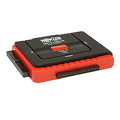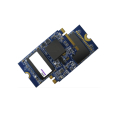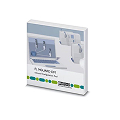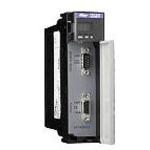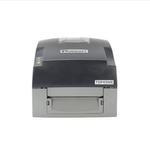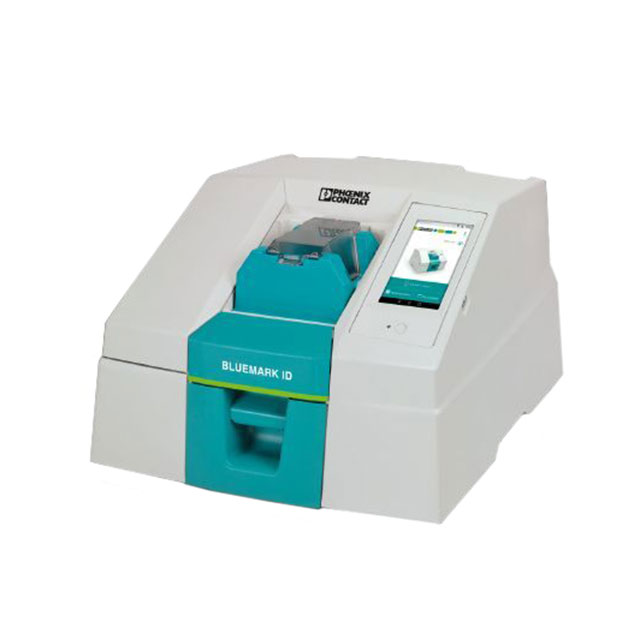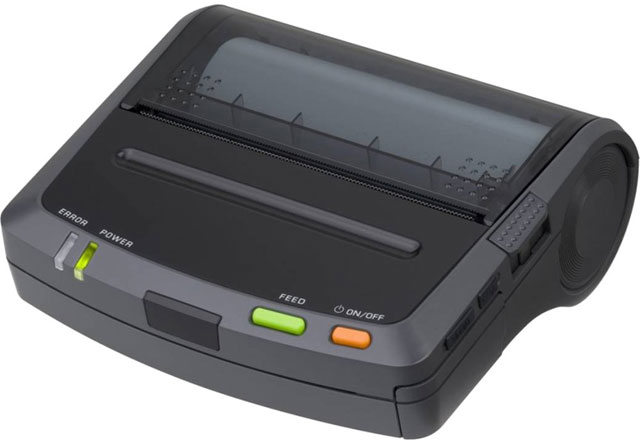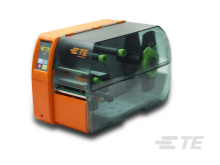Computer products cover the computer hardware and computer accessories that power modern systems: core computer components, peripherals, storage, memory, Input/Output (I/O) cards, single-board computers, cables, power supplies, cooling, and adapters. These parts keep plants running, networks stable, labs testing, and kiosks serving customers. Online Components supports that work with reliable stock, supplier authentication, and U.S.-based shipping that helps teams stay on schedule. The result? Confident purchasing and clean integrations for production builds and rapid repairs.
From compact embedded designs to high-throughput workstations and servers, our selection spans many subtypes: motherboards, Solid-State Drives (SSD), Hard Disk Drives (HDD), memory modules, Peripheral Component Interconnect Express (PCIe) and Serial ATA (SATA) cards, M.2 devices, power adapters, and thermal solutions. Key specs to match include form factor (Mini-ITX, MicroATX, COM Express), interface standards such as Universal Serial Bus (USB), Ethernet, Wi-Fi, Bluetooth, RS-232/RS-485, and Controller Area Network (CAN), along with power budgets, thermal headroom, endurance ratings, and firmware features.
How to Choose the Right Computer Products
Start with compatibility. Match interfaces, connectors, firmware, and physical footprints so boards, cards, and peripherals seat and communicate properly. Define the workload next: throughput, duty cycle, and write intensity guide choices like Non-Volatile Memory Express (NVMe) over PCIe for fast logging or SATA SSD for steady archival storage. Map the environment (temperature range, dust, vibration, and mounting) to dictate industrial Stock Keeping Units (SKUs), conformal coatings, or fanless designs. Plan serviceability: hot-swap bays, accessible cable runs, and diagnostic headers reduce downtime during field maintenance.
Popular Applications for Computer Products
Purchasers, design engineers, maintenance teams, and IT administrators shop this category to build or refresh systems without surprises. Typical use cases include industrial PCs and Human-Machine Interfaces (HMI) on production lines, edge compute nodes for machine vision, point-of-sale terminals and kiosks, medical diagnostics and imaging consoles, and test and measurement rigs in engineering labs. Education labs, maker spaces, and repair depots also need dependable computer components to keep fleets working. Across each setting, the goal stays the same: stable performance, predictable lead times, and parts that fit the job.
Why Buy Computer Products from Online Components?
We stock U.S.-based inventory for fast shipping, pair every part with supplier authentication as an authorized source, and support buyers with responsive customer service. Our site makes selection smooth with powerful search, clear specs, and secure checkout, while account tools simplify repeats and scheduled releases. When production's on the line, that mix saves time and helps teams hit deadlines. Ready to build or replace a component today? Buy Now.
Computer Products: What You Need to Know
What form factors should I plan around?
Mini-ITX, MicroATX, Pico-ITX, and COM Express define board size and mounting. For memory and storage, check Small Outline Dual In-line Memory Module (SO-DIMM), M.2 2242/2280 lengths, and available slots.
How do I match storage to the workload?
SSD delivers low latency and shock resistance; HDD offers high capacity per dollar. Choose NVMe over PCIe for maximum I/O, or SATA for broad compatibility and steady throughput.
Which environmental specs matter most?
Look at operating temperature, humidity, and shock/vibration (often listed in g). In demanding sites, Ingress Protection (IP) ratings and Mean Time Between Failures (MTBF) data help set expectations.
Which interfaces should I budget for up front?
USB, Ethernet, Wi-Fi, Bluetooth, RS-232/RS-485, CAN, SATA ports, and PCIe lanes dictate expansion and connectivity. Plan headroom for future peripherals and bandwidth.
Frequently Asked Questions: Computer Products
What types of components are included in the computer products category?
This category covers essential hardware for embedded systems, industrial computers, and modular computing platforms. You'll find embedded processors, expansion modules, memory modules, and interface adapters. These components power automation systems, data acquisition, networking equipment, and edge computing applications. When selecting components, consider processing power, I/O compatibility, form factor, and how well they'll handle your operating environment. Always verify that products meet both your performance requirements and physical integration needs.
What should I consider when selecting computer networking products?
Start by identifying your network's demands: bandwidth, number of devices, and performance requirements. For industrial or production environments, reliability and uptime are critical, so choose components rated for continuous use and harsh conditions. Key specs to review include port speed (1G, 10G, 40G+), connector types (RJ45, SFP, QSFP), and supported protocols. Managed switches offer more control and security options, while unmanaged switches are better suited for simpler setups. Compatibility with existing infrastructure, such as PoE support or rackmount configurations, can save time and money during installation. Always verify certification standards and vendor reliability, especially for mission-critical applications.
How do I determine memory compatibility with computer modules?
Begin by checking the module specifications for supported memory types, such as DDR3 or DDR4, along with their speed ratings and maximum capacities. Voltage and timing parameters must align with your processor and chipset requirements. The physical form factor (e.g., SO-DIMM, DIMM) must match your available slots and mechanical constraints. For mission-critical applications, consider ECC (Error-Correcting Code) memory to improve system reliability. Always consult manufacturer documentation to avoid compatibility issues or unsupported configurations.
What environmental factors affect computer product selection?
Consider your deployment conditions carefully. Temperature range, humidity levels, shock and vibration resistance, and power input tolerance are crucial for rugged or industrial applications. Some products are designed for extended temperature operation or feature conformal coating to resist moisture and dust. For mobile or outdoor installations, sealed or fanless designs often provide better reliability. Electrically noisy environments may require additional power filtering and surge protection. Match the product's environmental ratings to your actual operating conditions.
Can computer products interface directly with other electronic components or sensors?
Absolutely. Many modules and System-on-Chip (SoC) devices include General Purpose Input/Output (GPIO) ports, serial ports, Universal Serial Bus (USB), Serial Peripheral Interface (SPI), Inter-Integrated Circuit (I2C), and other standard interfaces for connecting sensors, relays, displays, and peripherals. Depending on voltage or protocol differences, you might need level shifting or interface adapters. Development kits typically include onboard headers and preconfigured drivers to speed up prototyping. Just remember to verify I/O voltage levels and communication standards to ensure everything works together properly.
contáctenos
 English
English
 Chinese
Chinese
 Italiano
Italiano
 Portuguese
Portuguese
 Deutschland
Deutschland
 French
French
 Russian
Russian
 Japanese
Japanese
 Turkish
Turkish
 Korean
Korean
 Spanish
Spanish
